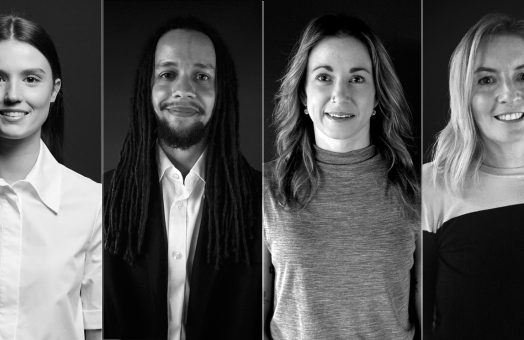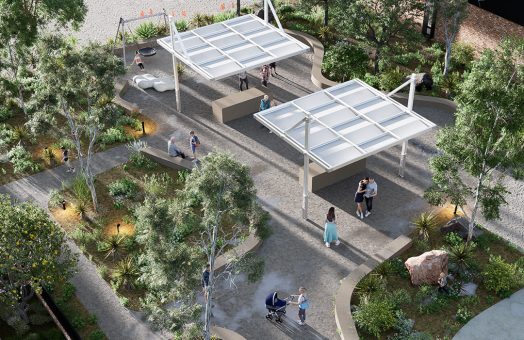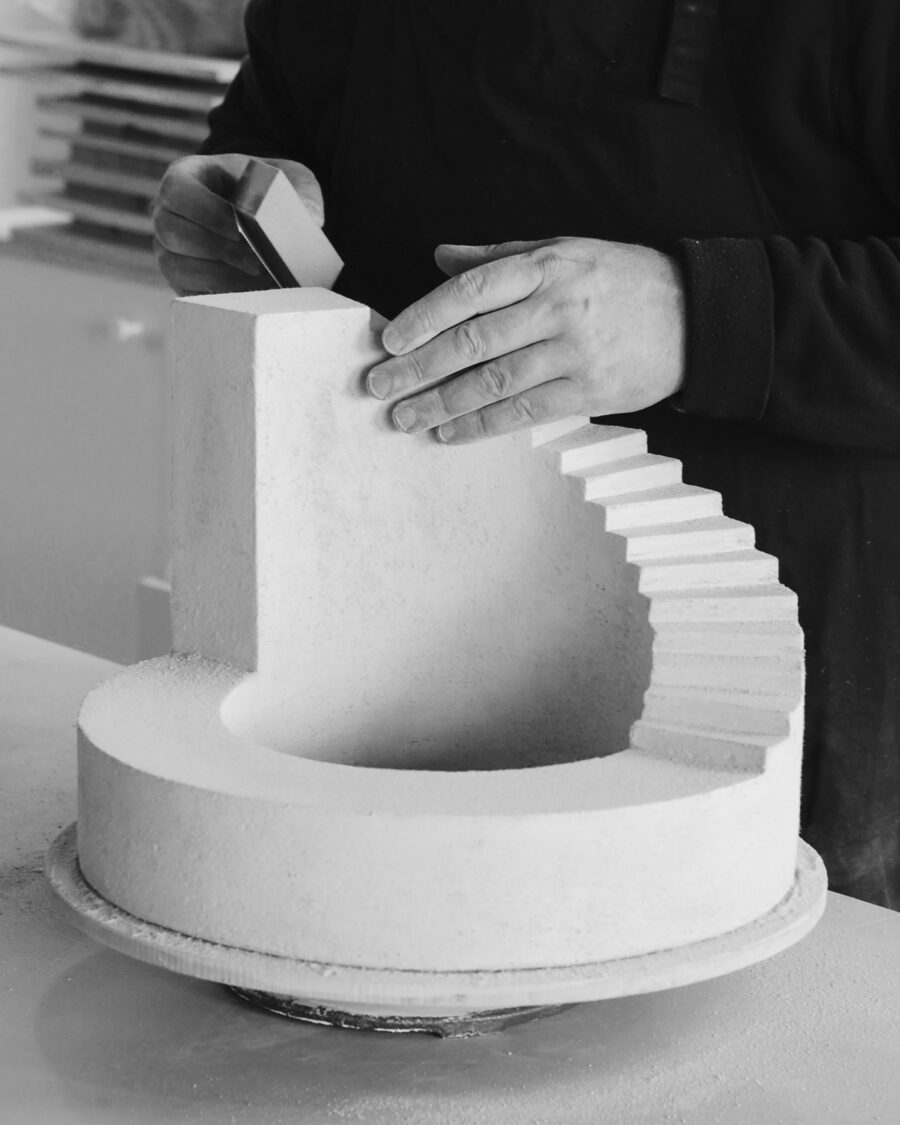
February.28.2019
The Hand of an Architectual Graduate
The process of making and the subsequent creation has a transformational effect on both the creator and user, from both an aesthetic and functional perspective. I am constantly making- crafting a dream into reality with a pen, the click of a mouse or forming ideas in my mind through visual inspiration and stimulation. The mind is essential, but so too is the hand. In such a visually centric world, the hand’s primary responsibility has become a click or a swipe. I consider myself lucky to be able to create form through drawing and visual representation as an integral part of the architectural profession. To create with the hand is to create with intuition. An indulging experience today, to be guided by something so intangible, not an influencer on a screen or another’s voice. However with the hand in mind, its craftsmanship and physicality, I took up pottery classes as part of a Night School program. It turns out that the action of completely surrendering yourself to the limits of the coordination between hand and mind, to generate the aforementioned intuitive flow, has a transforming effect. It is equally about the experience of the process for the maker as it is about the outcome.
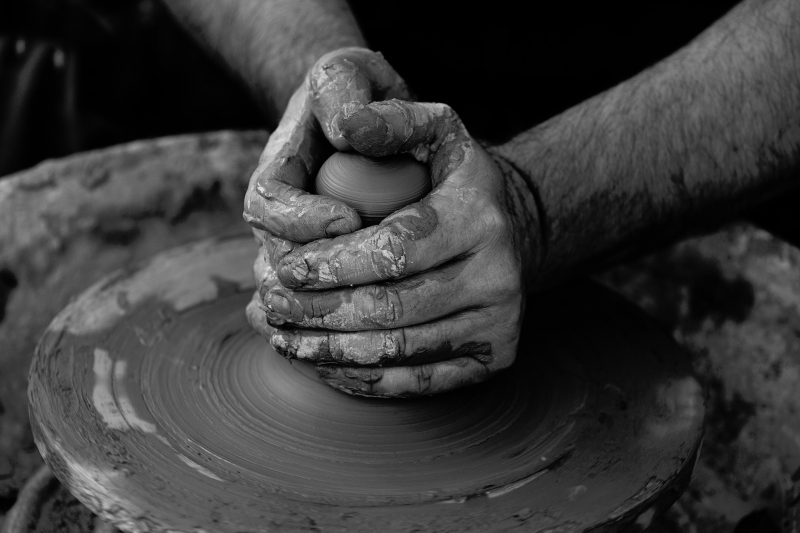
French art historian Henri Focillion recognises that the hand means action: it grasps; it creates as if the hand has its own vigorous free spirit. It is, of course, a creative tool but with a mind of its own, it does not require the limited sense of vision or thought but only the muscle memory of past experiences. Australian ceramicist Bruce Rowe describes the feeling of first beginning ceramics classes as more like remembering something, than learning something new. And as I have now experienced, when we allow ourselves to be enveloped by the experience of tactfully throwing, wedging and pulling clay, the motion of the hands consumes our presence. The crafting is no longer, during that time, about what we are creating but about how we are creating; conscious thought has transitioned from future thinking to present. Psychologist Mihaly Csikszentmihalyi believes that the use of the body is a tool to achieve an accessibly heightened sense of enjoyable harmony in consciousness. A sense of flow, if you will.
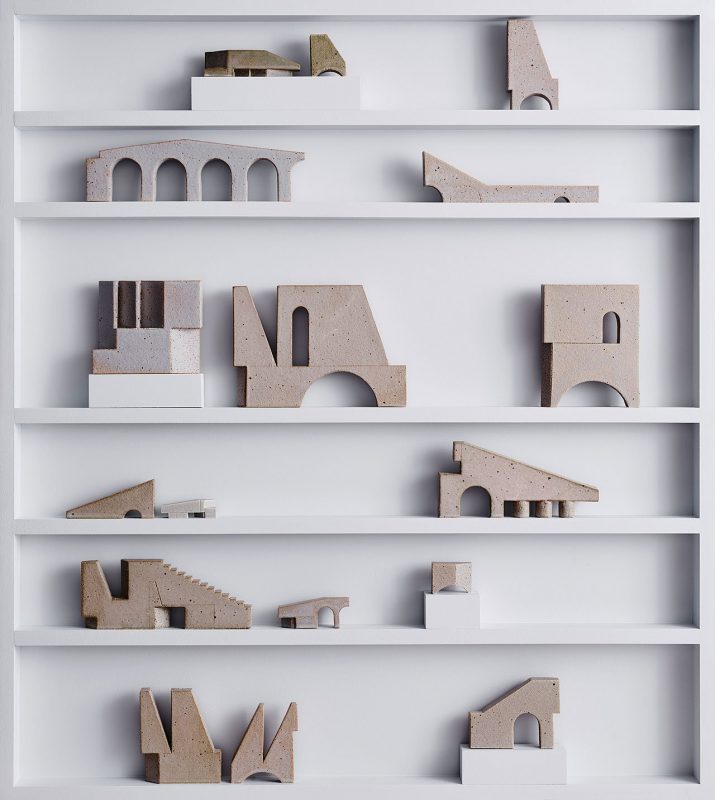
The relationship between hand and clay creates a fluid act of making that is translated through the surface of the product. In Bruce Rowe’s ceramics design studio, Anchor Ceramics, they craft pieces that they believe heighten the unconscious sensory experience of a space. And, it is through the handmade layers of process and time that a user of the product or space can have this. A shared vulnerability and familiarity originating from an act of flow. A unique handmade piece leaves traces of the hand to be discovered and felt by the user. The product itself stores a sense of flow and balance between the maker’s story behind it and the story that lies in front for the user.
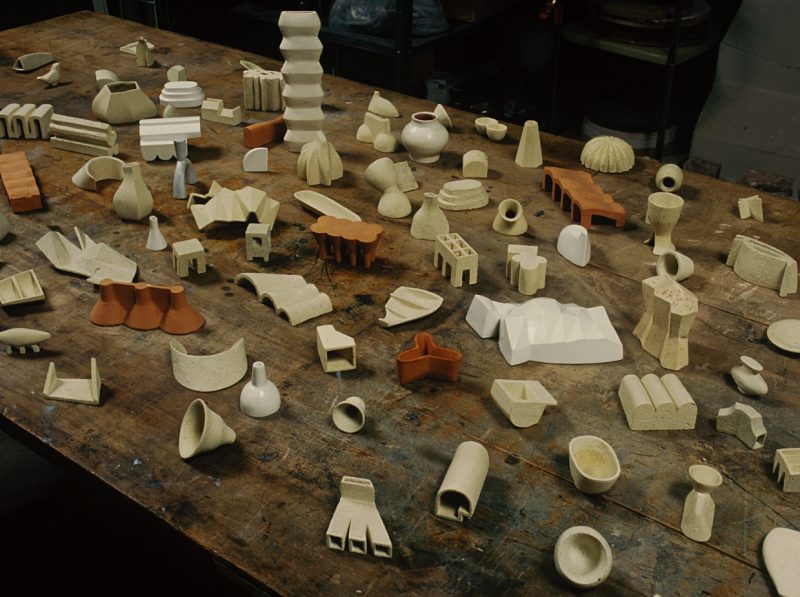
Similarly, in Architecture, it is the creator’s relationship with the product that resonates in the building as it is felt by all who pass through and experience the space. If we do not take the care to fully resolve concepts, develop ideas and follow through in the design and build process, it will ultimately result in the diminishing of the finished product. In contrast, attention to detail results in some of the most profound architectural experiences, as we tap into the subconscious experience of the user. The potter relies on intuition that translates into the quality and sensitivity of the ceramics, and so the architect need only tap into the intuitive response of the human psyche to transcend the physical boundaries of the space, and make for an emotive response.
Happy Reading,
Peter Young.

